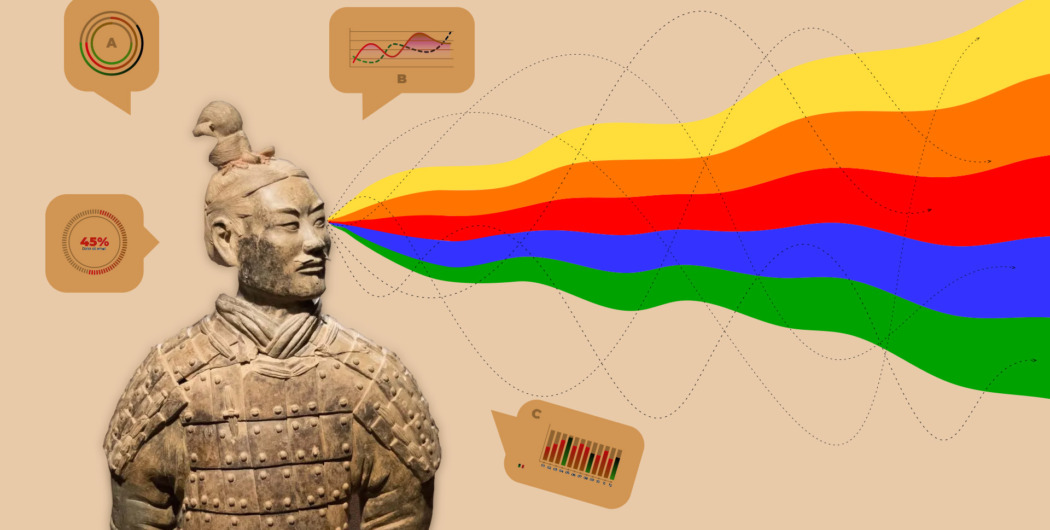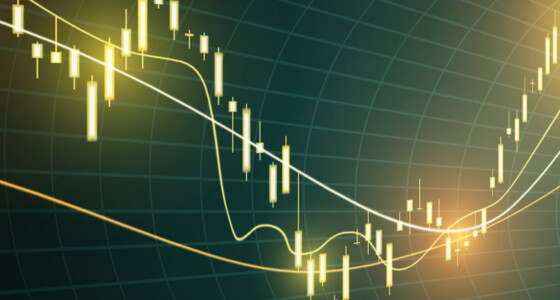

If you plan to trade, you will hear the term “trading strategy” very often. As it’s one of the cornerstones of trading, you need to learn what this term means. You may think that there is nothing difficult about defining what a trading strategy is. However, there are some features you should know about.
What is a trading strategy?
A trading strategy is a well-constructed plan applied to purchase and sell assets in the financial markets. Every trading plan consists of predetermined rules and criteria that should be met to make certain trading decisions. Every strategy is supposed to include three basic points: planning, trade placement, and trade execution. The points are supposed to help day traders avoid risky investments.
Surprisingly, the day traders are attracted by skewed investments that may provide negative returns or a low probability of large returns.
Any trading strategy must be set considering subjective data. A strategy will work if only you follow its rules diligently. It’s also vital to reconsider the strategy from time to time based on market conditions and/or your individual goals.
Trading strategies are used for all financial instruments and any timeframe. The strategies are developed by experienced traders and analysts. You can even develop your own trading strategy if you know how.
Two major types of strategies
There are simple and complex strategies. Simple strategies include a few requirements. This makes them more attractive for beginner traders who don’t have comprehensive knowledge. However, simple strategies are basic, and they don’t consider subjective factors. Such strategies can be effective only if a trader customizes the basic settings according to their own approach. Most simple trading strategies consider a financial market, investing goals, risk tolerance, holding period, fundamental factors, and technical tools.
Complex strategies consider numerous factors. For example:
- Investment style
- Investment goals
- Technical analysis, including indicators and patterns
- Fundamental analysis, including economic releases, global political and economic news, internal events (for a company, state, network, etc.)
- Degree of portfolio diversification
- Holding period, whether a trader opens a short- or long-term trades
- Risk/reward ratio
- Leverage
- Taxes
Complex strategies are more subjective. It takes time to implement such a strategy. This type is mostly used by experienced traders who consider trading as their daily activity.
As trading is done via brokers or trading platforms, it’s important to evaluate trading costs such as spreads, fees, and commissions. As soon as a trade is executed, it’s managed and monitored. This implies adjusting or closing the position as needed. A trading strategy should consider risk and return as well as the impact of trades on portfolio and tax implications.
Understanding trading strategies
The trading strategy involves a well-planned trading and investing strategy that takes risk tolerance, tax implications, time horizon, and investing objectives into account. When a person wants to trade, the plan will also include specific developing methods that involve selling or buying bonds, stocks, ETFs, or different types of investments. Moreover, they may even involve more complicated trading options, like futures or options.
When you make trades, it means that you must work with broker-dealers or brokers, then find and manage the costs of trading, such as fees, commissions, and spreads. Trading positions then get managed and supervised all the time after a trade is done. If needed, they are also adjusted or closed.
Tax implication and trade portfolio impacts, as well as risk and return, are all measured.
Key components of a trading strategy
Here are the most important components of a trading strategy:
· Leverage technical analysis
Through technical analysis, traders have the opportunity to find any potential trading risks and opportunities. They will know what the landscape looks like before they venture into trading.
In order to figure out the movements of the market, traders can use technical indicators like on-balance volume, the relative strength index, the stochastic oscillator, and others. These can help create selling and buying signals for the ideal strike price.
· Trading products
Investors must discover the possible portfolio-added value in order to build a proper trading strategy. There are many financial instruments that can be used when it comes to liquidity, risks, and complexity.
Most of the time, trading options carry risk to some degree and they have a certain complexity. Besides, they may also have better flexibility compared to trading stocks and need a much lower upfront investment.
For this reason, a trader must choose an ideal combination of various financial instruments if they want to build an exemplary portfolio. Aside from choosing the right financial instruments, investors must also adjust their positions, mainly because the market conditions don’t stay the same for a very long time.
· Risk tolerance
Risk tolerance is how much risk an investor is willing to deal with when it comes to making any trades. Any investor will settle for a certain trading strategy based on the risk involved. Over time, as the investor makes trades, risk tolerance will change, which is why frequent assessment is a must. This is especially important when it comes to lifestyle and financial changes.
Time-based risk tolerance is something that should be taken into account by people who make short-term investments. Short-term investments may deal with asset classes with lower risks. Meanwhile, when someone makes long-term investments, they can deal with higher risk levels.

Special considerations
Traders use trading strategies for one specific reason: to make sure they can escape behavioral financial biases and get consistent results. For this, people may decide to take advantage of automated trading or discretionary trading.
Automated trading doesn’t require you to do too much. In fact, it takes advantage of technology by using advanced computer modeling methods in order to automate either the entire portfolio of the investor or part of it. What makes automated trading so great is the fact that it gives traders an advantage. They can execute trades effectively and also select their desired trading method, whether it’s aggressive or conservative.
On the other hand, discretionary trading requires the trader’s direct involvement, which means that the trader executes it. To make it successful, traders must possess a great amount of discipline. This is because many times, people have a tendency to stray from the usual strategy.
How to develop your own strategy
To develop your own trading strategy, you should decide what analysis will lead your trading plan. Although it’s recommended to combine fundamental and trading analysis, trading strategies are usually based on a single type.
Technical trading strategies are based on technical tools, including indicators, candlestick patterns, and chart patterns.
- A technical indicator is a tool that uses historical data to provide signals on the future price direction. Each indicator is measured based on a specific mathematical formula. Indicators are calculated automatically.
- A chart pattern is a formation on a price chart created by price movements. Reversal, continuation, and bilateral are the key types of chart patterns.
- A candlestick pattern is a technical analysis tool that consists of 1 to 3 candlesticks and provides signals on the upcoming price direction.
Using a technical analysis trading strategy, a trader believes that fundamental factors are not important as the price repeats its price movements. It’s possible to predict where the price will go based on the historical data. Trading strategies can include various indicators and patterns. Moving average crossover is one of the simplest trading strategies based on the technical indicator. The strategy says to buy when a short-term MA crosses above an MA with a longer period — and sell if the short-term MA falls below the longer-term MA.
As market conditions change constantly, it’s impossible to avoid fundamental analysis. Fundamental factors reflect the current trading environment. An investor may build a trading strategy based on frequent fundamental events, including global economic conditions and a company’s earnings reports. It’s also possible to determine certain rules for market conditions that appear unexpectedly — for example, economic and political news or a company’s internal events. However, such strategies can be developed and implemented only by professional traders.
Key elements of a trading strategy
To build your own trading strategy, you need to know what points it should contain.
- Determine a financial asset you want to trade.
- Define what type of analysis will be the basis for your strategy. If you plan to base the strategy on technical tools, you should select the indicators and/or patterns your strategy will be based on. If you want to trade on fundamental data, you should define what factors you will consider.
- Analyze historical data. Apply the chosen indicators/patterns on the price chart and check the correlation between the price behavior and the technical tool. If you want to trade with the help of fundamental data, check how the price reacted to similar factors in the past.
- Define entry and exit points. Any trading strategy aims to determine when a trader should enter and exit the market. Apply risk/reward rules considering the funds you are ready to use for one trade.
Takeaway
The trading strategy is one of the vital elements of any trade. It’s crucial to have certain criteria to enter or exit the market. Traders can either use existing trading strategies or develop their own that will be perfectly customized according to their subjective metrics.
No strategy can guarantee a 100% correct outcome of the trade.









